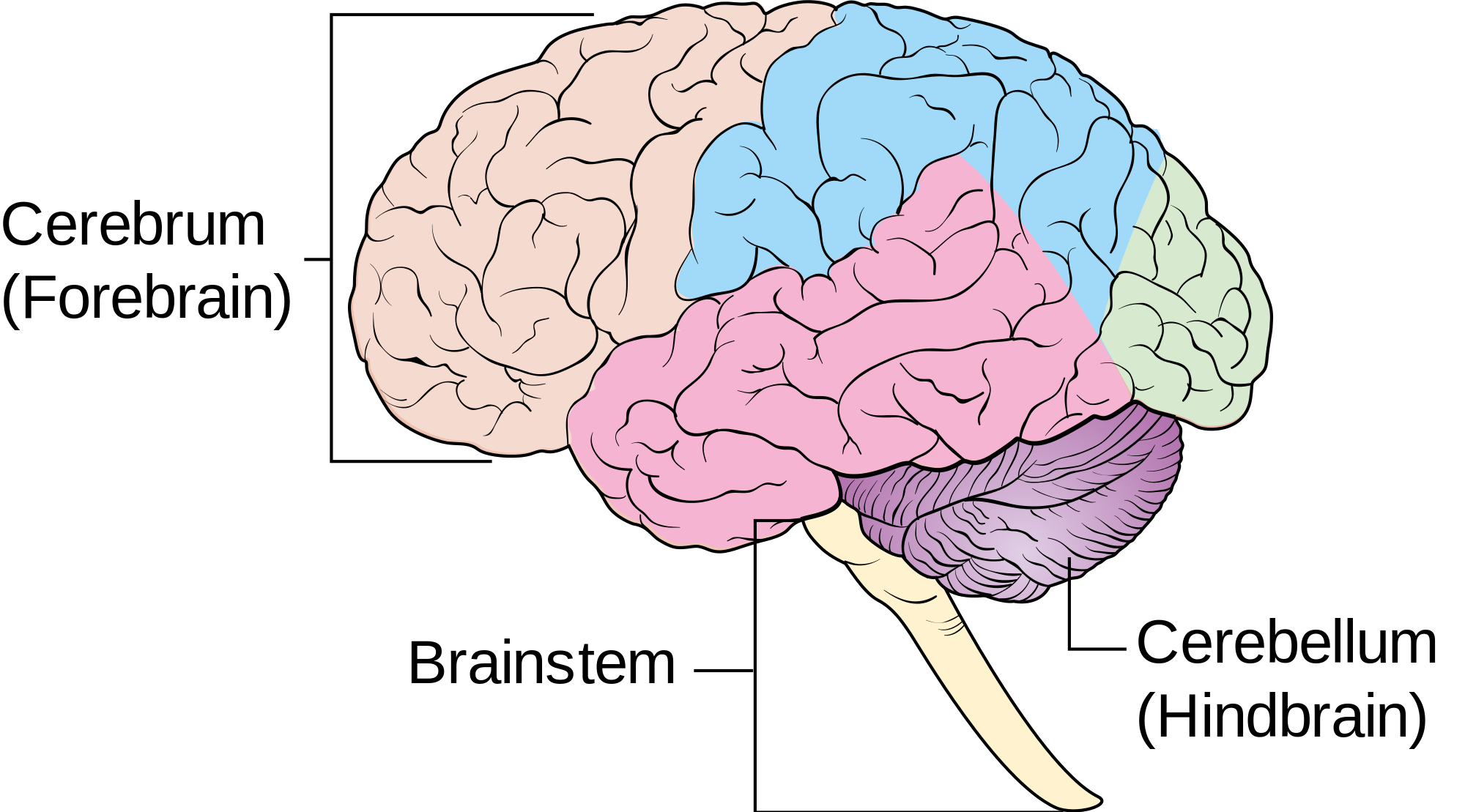Not known Facts About Beyond Inspiration: Unraveling the Secrets Behind Creativity's Origin

Source , Environment, or Both? Taking a look at Factors that Shape Creative Articulation
The area of creative expression has long been a subject matter of enthrallment and research. From fine art to music to literature, humans possess a special ability to produce and cherish numerous forms of imaginative articulation. However, the concern remains: what variables form our ability to be imaginative? Is it mainly figured out through genetic makeups, determined by our environment, or is it a blend of both?
Genetic makeups play a significant part in molding lots of elements of our lives, featuring our creative capacities. Research study has revealed that certain genetic variations may influence qualities such as openness to take in and variant thinking – two essential parts of ingenuity. For instance, researches have found that people along with specific variations in the DRD4 gene are more most likely to involve in novelty-seeking habits and display much higher levels of creative thinking.

Nonetheless, genetic makeups alone can easilynot account for the complete extent of creative phrase. Our atmosphere also plays a crucial part in shaping our imagination. Expanding up in an environment that encourages exploration and supplies opportunities for direct exposure to various forms of fine art can easily encourage the growth of creative skills. For circumstances, children who are subjected to music courses at an early age may be extra probably to develop musical capabilities later in life.
In addition, social influences also mold artistic phrase. Various lifestyles have unique imaginative practices and market values that determine how people show their innovation. For instance, Western side communities usually tend to value selfhood and originality in creative endeavors, while Asian societies frequently emphasize tranquility and harmony.
The interplay between genetics and atmosphere is complex when it comes to creative thinking. Some scientists argue that genetic aspects established the borders within which ecological effect can function upon an person's innovative ability. In other words, genetic makeups might determine the possibility for ingenuity but require environmental stimulations for its total articulation.
In recent years, there has been expanding interest in analyzing gene-environment communications related to ingenuity. Scientists have began exploring how specific genetic variants connect with various environmental factors to form creative phrase. For example, a study performed by researchers at the University of Helsinki located that individuals along with a details alternative of the CREB1 gene were even more likely to display higher degrees of ingenuity, but simply if they additionally possessed favorable environmental elements such as supporting moms and dads and get access to to fine art education.
These lookings for highlight the usefulness of taking into consideration each genetics and environment when examining elements that mold creative phrase. It is not merely a instance of attribute compared to nurture but somewhat a intricate interaction between the two. While genetic makeups supply us with particular susceptibilities and ability, our atmosphere behaves as a driver for unlocking and nurturing those capabilities.
Understanding the duty of genetics and environment in molding artistic expression has useful effects as effectively. By recognizing that innovation is determined by a number of elements, teachers can make settings that encourage innovative thinking and give chances for imaginative expedition. This features exposing little ones to assorted types of art, encouraging testing, and providing assistance for their innovative undertakings.
In verdict, innovation is influenced by both genetics and setting. Hereditary variants may affect traits linked along with ingenuity, while environmental factors such as instruction, social influences, and access to artistic resources play significant jobs in forming an person's artistic expression. Identifying the exchange between these aspects can help us much better know how to nourish and sustain creativity in ourselves and others.
